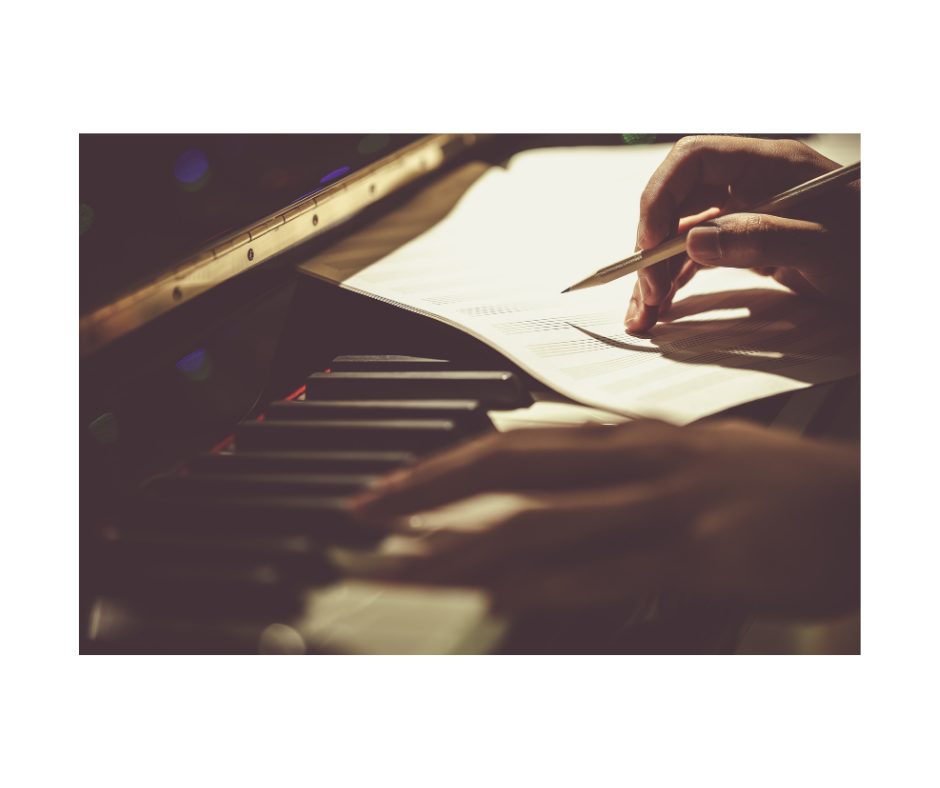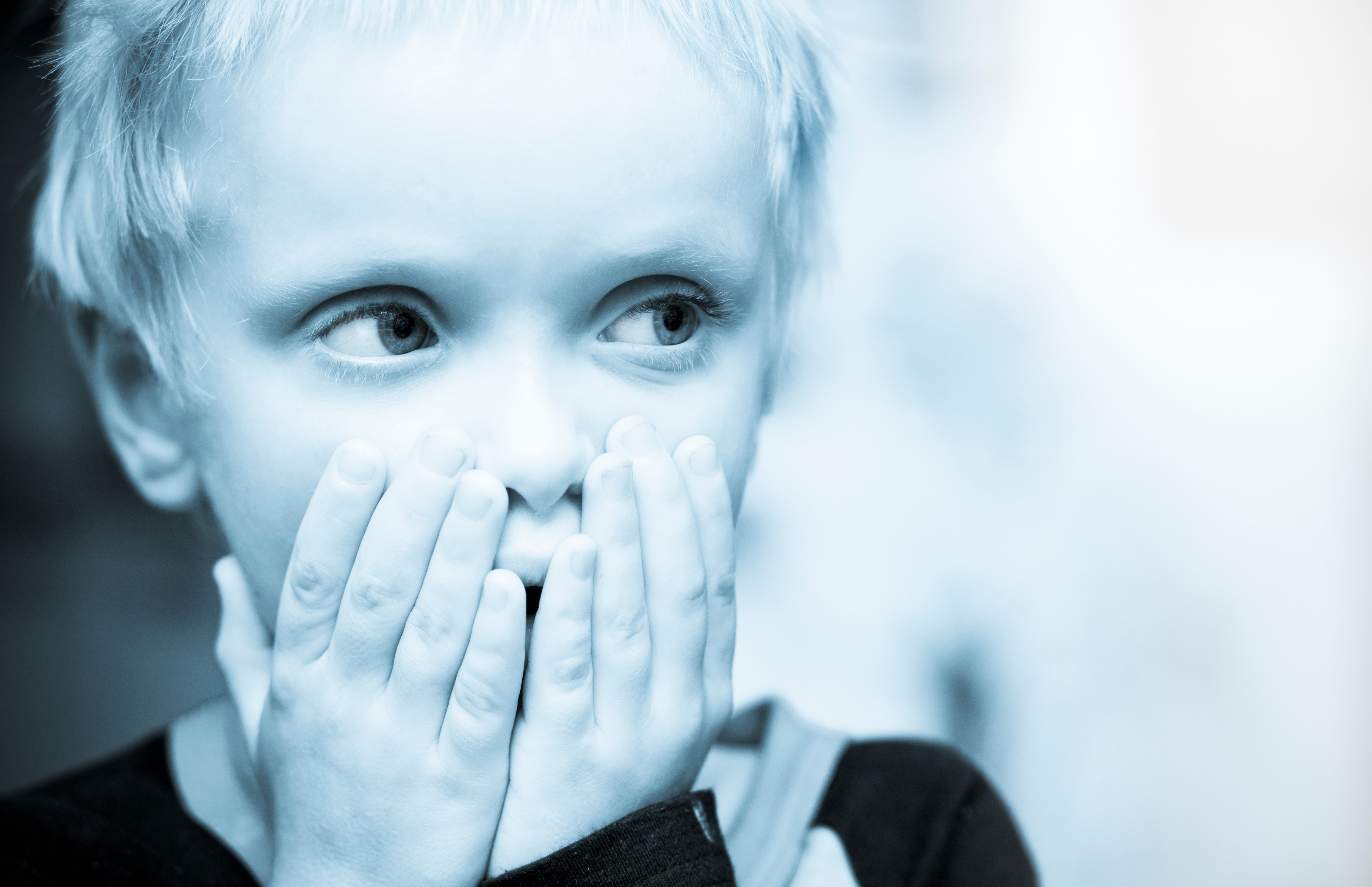Over this post and the next, I want to cover two types of intellectual property that seem to get confused a lot. Those types of IP are copyrights and trademarks. When entrepreneurs are just starting out on their first ventures, they sometimes use the terms interchangeably – but copyrights and trademarks are very different things.
A copyright gives the creator of a certain work the right to control the re-use and distribution of that work. Protection extends to exact copies as well as derivative versions of the work. A derivative version of a copyrighted work means a work that is based on or derived from the original work, such as a translation, reproduction, abridgement, a film version of literary material or a play, or a musical arrangement. Only the copyright owner has the right to make derivative works from his or her original work.
For a work to be copyrighted, it must contain original, creative expression. A work does not need to be innovative in any sense to be “original”. Rather, an “original” work is one where the creator did not copy anyone else. Works lacking sufficient creative expression, such as facts, titles and short phrases, cannot be copyrighted. Purely utilitarian works, like recipes and instructions, are also not subject to copyright.
Copyright does not protect ideas. Copyright law only protects the expression of ideas. As long as the idea exists only in your mind, it is not copyrightable. Different expressions of the same idea are each protectible by copyright, provided those expressions are original. Components of an expression, such as individual words and phrases, may not be protected under copyright, even if the expression itself is protected.
Copyrightable works attain copyright protection when the expression is created, whether or not registered or marked as copyrighted.
There is a unique carve-out under the copyright law for “fair use” of a protected work. Fair use is a defense to a claim of infringement by the copyright owner. Fair use is slippery, and it is best to proceed with caution when using someone else’s work without their permission in the creation of your own. Some common areas of fair use are book reviews, works of scholarship (but only to the extent absolutely necessary to make the point the scholar is making) and parody.
There is a lot more to copyright than what is included here, but these are the basics. Stay tuned for our look at trademarks in a subsequent post.
This blog does not provide legal advice and does not create an attorney-client relationship. If you need legal advice, please contact an attorney directly.





Add comment